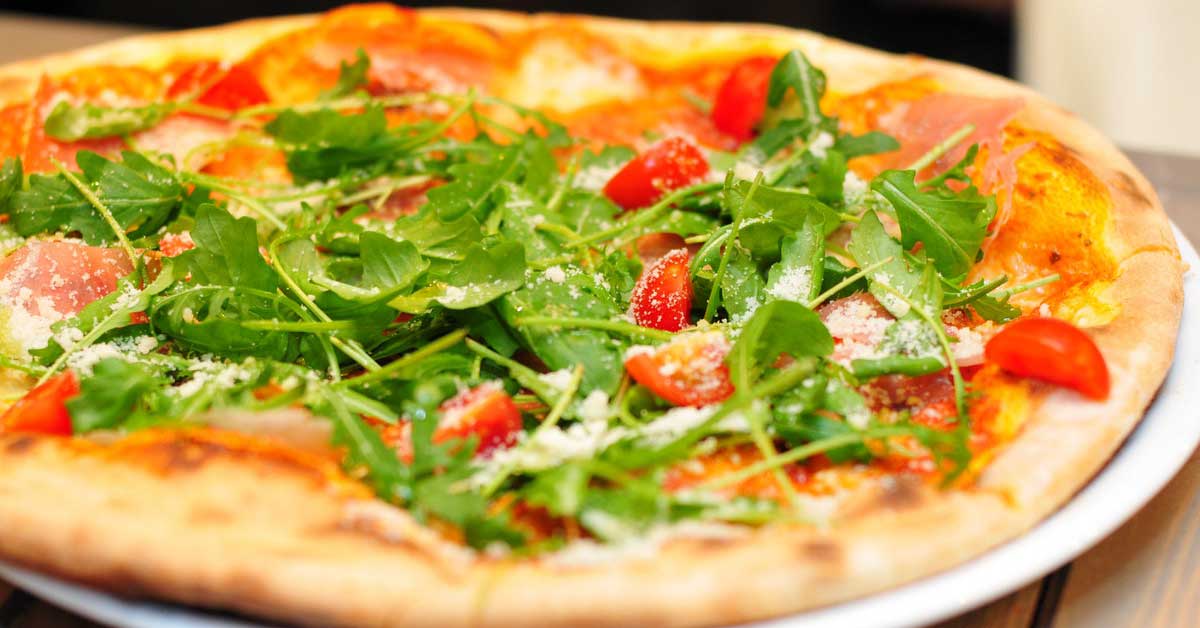Many vacationers understand that the culinary journey is a unique way to revel in a destination and hook up with locals. This has caused an exponential growth inside the range of vacationers taking cooking instructions, making winery tours and market tours, traveling farmers and meal manufacturers; taking part in foraging stories, and sharing prepared food with locals.

Given Italy’s food- and wine-centric tradition and the wealthy range of its areas in phrases of climate, terrain, and traditions, it’s smooth to peer why this fashion has specifically taken root here. Every place offers up its very own sorts of bread, pasta shapes, and different meal specialties. According to an investigation stated with Roberta Garibaldi’s aid of the University of Bergamo, a few thirty percent of Italian vacationers are “food travelers” for whom food or drink activities are a top motivator in deciding on a destination.
Zest of Italy is a boutique excursion agency that organizes non-public culinary reviews for individuals, small businesses, chefs, and different food professionals. Devotees of gradual meals and actual travel, the business enterprise owners intention to introduce traffic to the meals and wine artisans throughout Italy who are preserving the traditions of Italian lifestyle and cooking.
Forbes.Com spoke to Livio Colapinto, co-founding father of Zest of Italy and a board member of the World Food Travel Association, to study greater about the essence of Italian meals and the lofty goals of his tour organization.
Is there any such issue as Italian meals, or is all food in Italy local?
Livio Colapinto: We think about cuisine in Italy as tied to the Borghi or villages, so it’s even more local; it’s without a doubt “village food.” In truth, using the same basic elements, two adjoining rural (or coastal) cities will prepare dishes that often give up-up with comparable names but with the same substances utilized in barely extraordinary ways.
You higher not ask humans from one city whether their focaccia, Sunday ragù, Easter Cake, or whatever dish is similar to the subsequent metropolis! Although the variations could be small and nearly imperceptible, the subject might be argued vigorously. Regardless of the dishes looking similar, there may be differences based on the culinary ancestry of the 2 towns.
You could say that Italian food is like a puzzle made of almost eight.000 pieces, one for each municipality, where the pieces near each different have a lot in the commonplace. They often look equal when mixed on a table (or on a map), but in fact, they are no longer.
Is there a connection between a village’s cuisine in Sicily and that of a hamlet within the Veneto? Yes, what they have in commonplace is the collective understanding of the farmers harvesting the vegetation; the rule-of-thumb of seasonality adopted by using families all yr-round; the care of moms, grandmothers, and cooks placing a meal together; the provision of sure vegetables, cereals, fish and meats; and the combos of the identical components attributable to centuries of exchange at the trading routes. These are some of the factors that assist define “Italian food.”
Why is pasta so famous in Italy?
LC: For centuries, pasta has been the staple meal of Italians living in rural and farming areas. Until Italy’s rebirth, emerging out of the ashes of the Second World War, over 30% of the Italian populace turned into actively employed in agriculture, with wheat being the main crop. Along with seasonal vegetables and culmination, that crop helped maintain and build upon the Mediterranean eating regimen. The longstanding culture stays alive in current days even though things have been modified: Grains have changed, and pasta is extraordinary today.
What region could you propose for a meals excursion for a primary-time visitor to Italy? Why?
LC: Like cookbook creator Pamela Sheldon likes to say, “Your cooking is best as appropriate as your substances!” We also accept that a culinary tour in Italy is only as proper because of the food artisans you meet and befriend. Italian areas have different things to provide at distinctive instances the yr; consequently, deciding on the fine one would rely upon timing and man or woman expectations.
